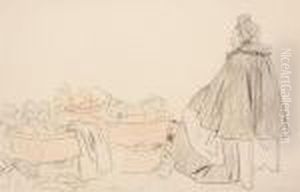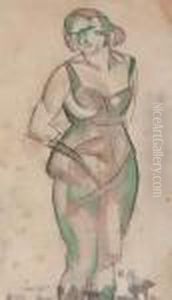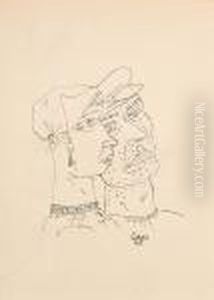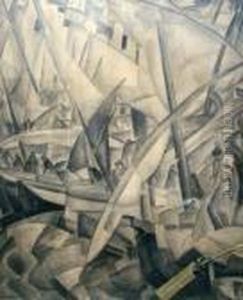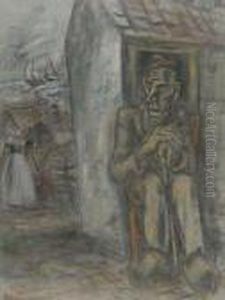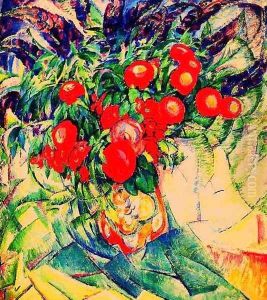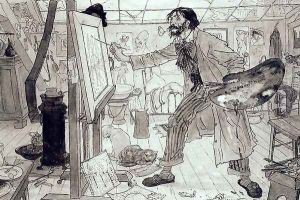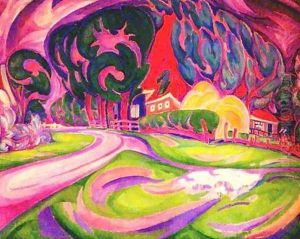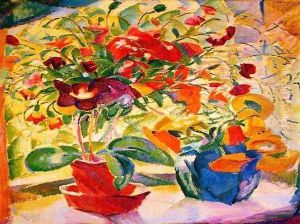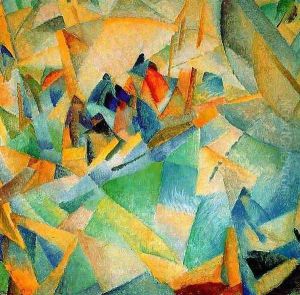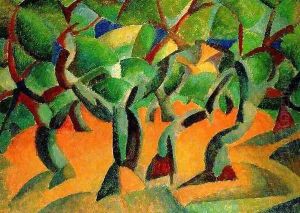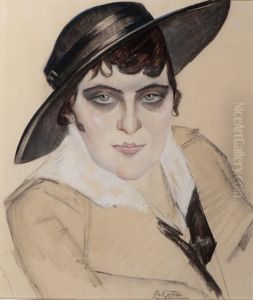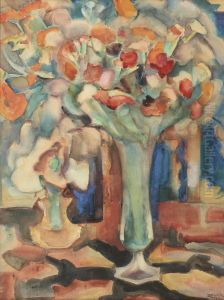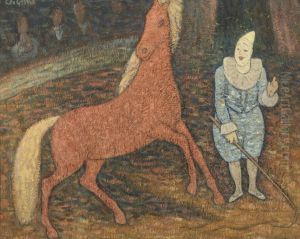Leo Gestel Paintings
Leo Gestel was a prominent Dutch painter whose work was instrumental in the development of modern art in the Netherlands. Born Leendert Gestel on November 22, 1881, in Woerden, he was the son of a headmaster of a craft school. His father, Willem Gestel, was also an artist, and his uncle, Dimmen Gestel, was a painter as well, so it was no surprise that Leo would follow in their artistic footsteps.
Gestel showed early artistic talent and attended the Rijksakademie van Beeldende Kunsten in Amsterdam, where he was influenced by various artistic movements of the time, including Impressionism, Fauvism, Cubism, and Futurism. His style was eclectic, and he experimented with different techniques and forms throughout his career. Gestel's work encompassed a range of subjects, including landscapes, portraits, still lifes, and cityscapes.
In his early career, Gestel, like many artists of his generation, traveled extensively. He spent time in Mallorca and Ibiza, where the Mediterranean light greatly influenced his palette and style, leading to the creation of some of his most vibrant works. He was also influenced by his contemporaries, like Piet Mondrian and Jan Sluijters, with whom he formed the modernist movement in Dutch art.
During World War I, Gestel stayed in the Netherlands and worked on developing his unique style, which combined elements of Cubism and Futurism, with a distinct use of color and dynamic forms. He was also part of the Bergen School of painting, which was known for its Expressionist style and focused on the use of strong colors and bold brushwork.
Gestel's work was not limited to painting; he was also a graphic artist and book illustrator. He continued to evolve as an artist throughout the 1920s and 1930s, although his later work was less experimental than his earlier pieces. He remained active in the Dutch art scene until his death on November 26, 1941, in Hilversum. Today, Leo Gestel is remembered as one of the pioneers of modern art in the Netherlands, and his works are displayed in various Dutch museums, including the Stedelijk Museum in Amsterdam and the Gemeentemuseum Den Haag in The Hague.







